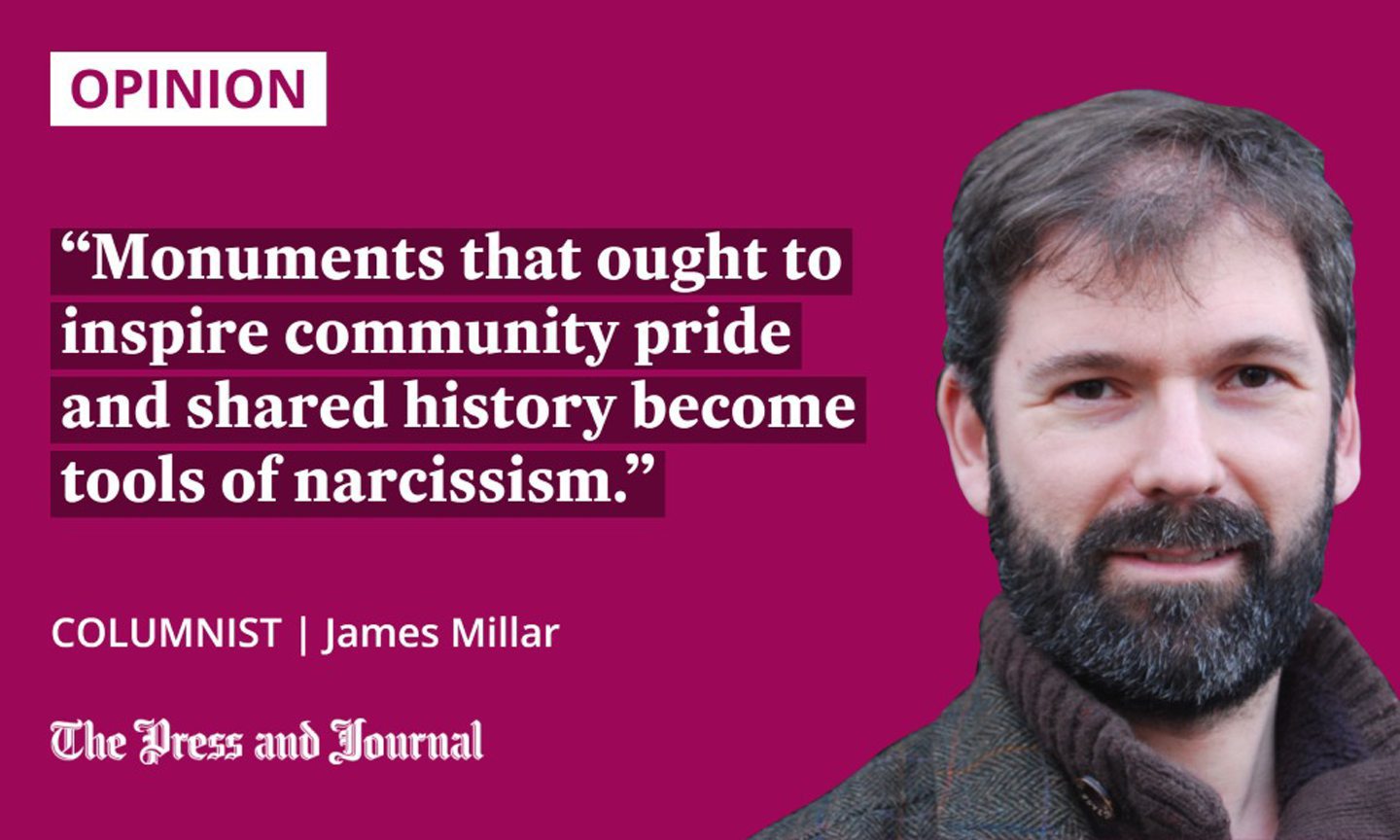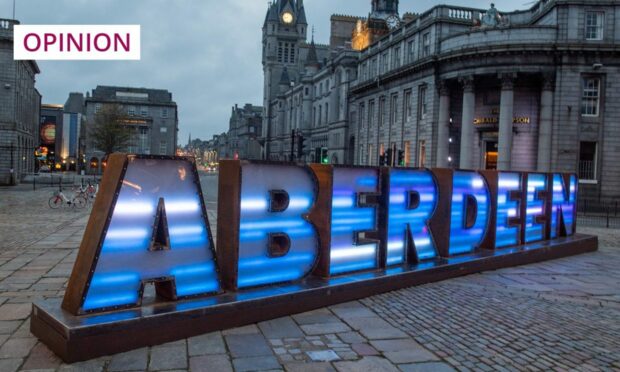Scotland’s Kelpies were a monument ahead of their time.
Conceived before the invention of the iPhone, the giant horses heads near Falkirk were unveiled at the dawn of the selfie era, and now serve as the backdrop to heaven knows how many pictures of people every day, month and year.
Aberdeen, of course, got its own prop this year, consisting of the city’s name literally in lights, and designed solely to pander to the growing photo obsession.
On a recent holiday to Rome, I was struck by how the Colosseum has moved into another chapter in its very long history – from ancient gladiatorial arena, to medieval mini-city, to modern selfie scenery. People pitch up with suitcases full of make-up and lights in order to capture that perfect picture. Or, at least what they regard as perfect.
There’s a very sensible case to be made for what the arts crowd would call vérité, and the rest of us know as a snapshot. In the world of Instagram, these are called candid but, again, witness the efforts folk go to to capture the right sort of candid shot, and it’s clear that it’s anything but.

The trend throws up two concerning themes.
First of all, if we treat all the world as nothing but a backdrop for our dander through it, then it creates an odd and unhealthy individualistic outlook.
Selfie culture has not given rise to our increasingly atomised society and the politics of selfishness. But, it interacts with the demise of community and the spread of main character syndrome, where people focus in their role in the tapestry of life to the detriment of others. And it’s that latter part of the problem that really stings.
Monuments that ought to inspire community pride and shared history become tools of narcissism.
Smartphones make life richer – but we should be wary
The other worry is that so many of those posing for selfies are girls and women, invariably with partners and boyfriends behind the camera, taking instruction to get the right angle and light and such.
Likes on the internet for an image are not proper validation. Yet, they offer a cheap and easy imitation of it. And society is still telegraphing that value is only skin deep.
The mental health crisis among our young people is massive, and social media – particularly given its recent move from wordy sites like Twitter and early Facebook to the almost entirely visual diet on TikTok and Instagram – is a part of the problem.
Smartphones make our lives richer than those of the Romans who built the Colosseum, or even the denizens of Falkirk who constructed The Kelpies just a decade ago. But we must be wary. History, youth and even gender equality could be collateral damage of the selfie culture.
James Millar is a political commentator, author and a former Westminster correspondent for The Sunday Post


Conversation